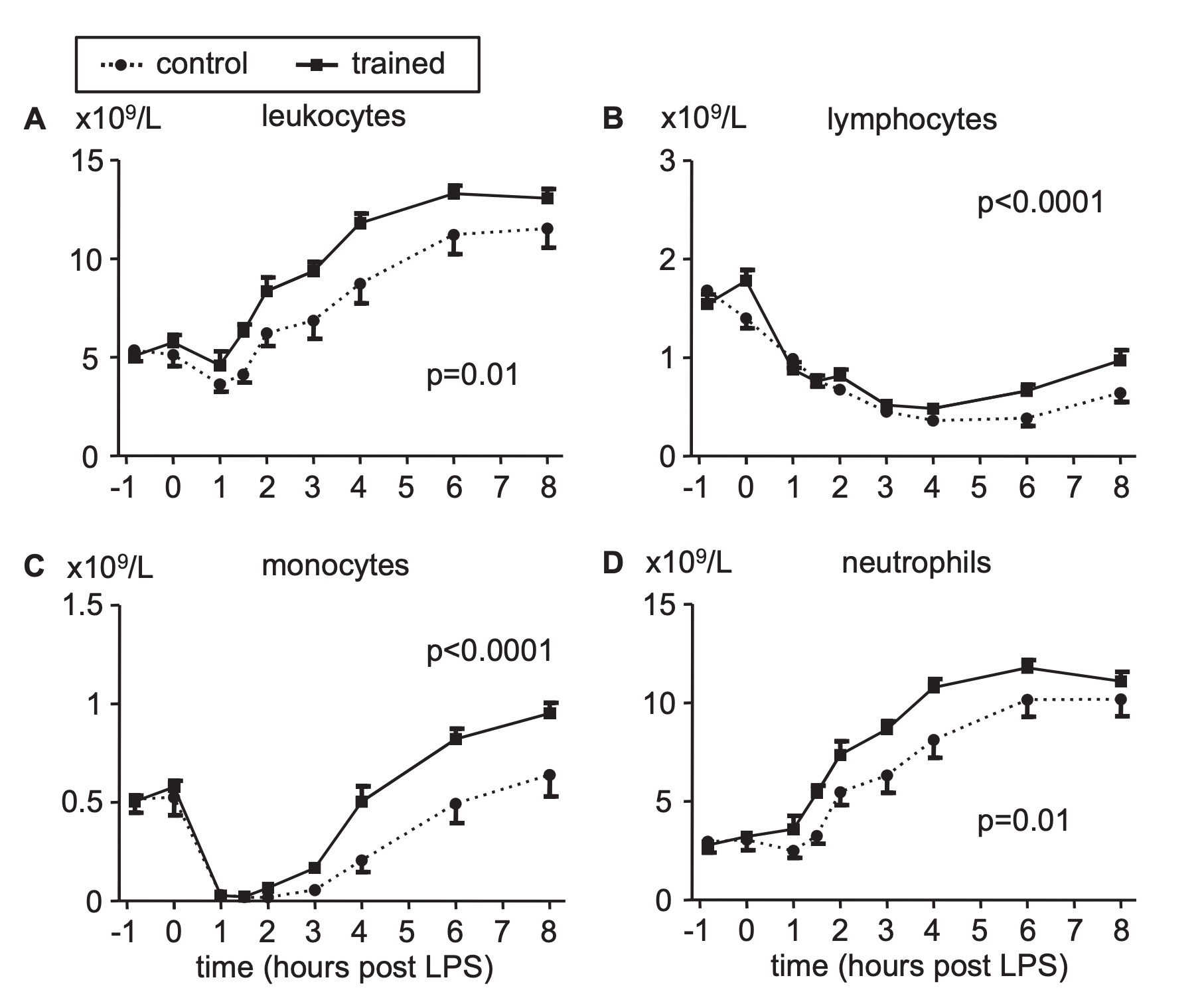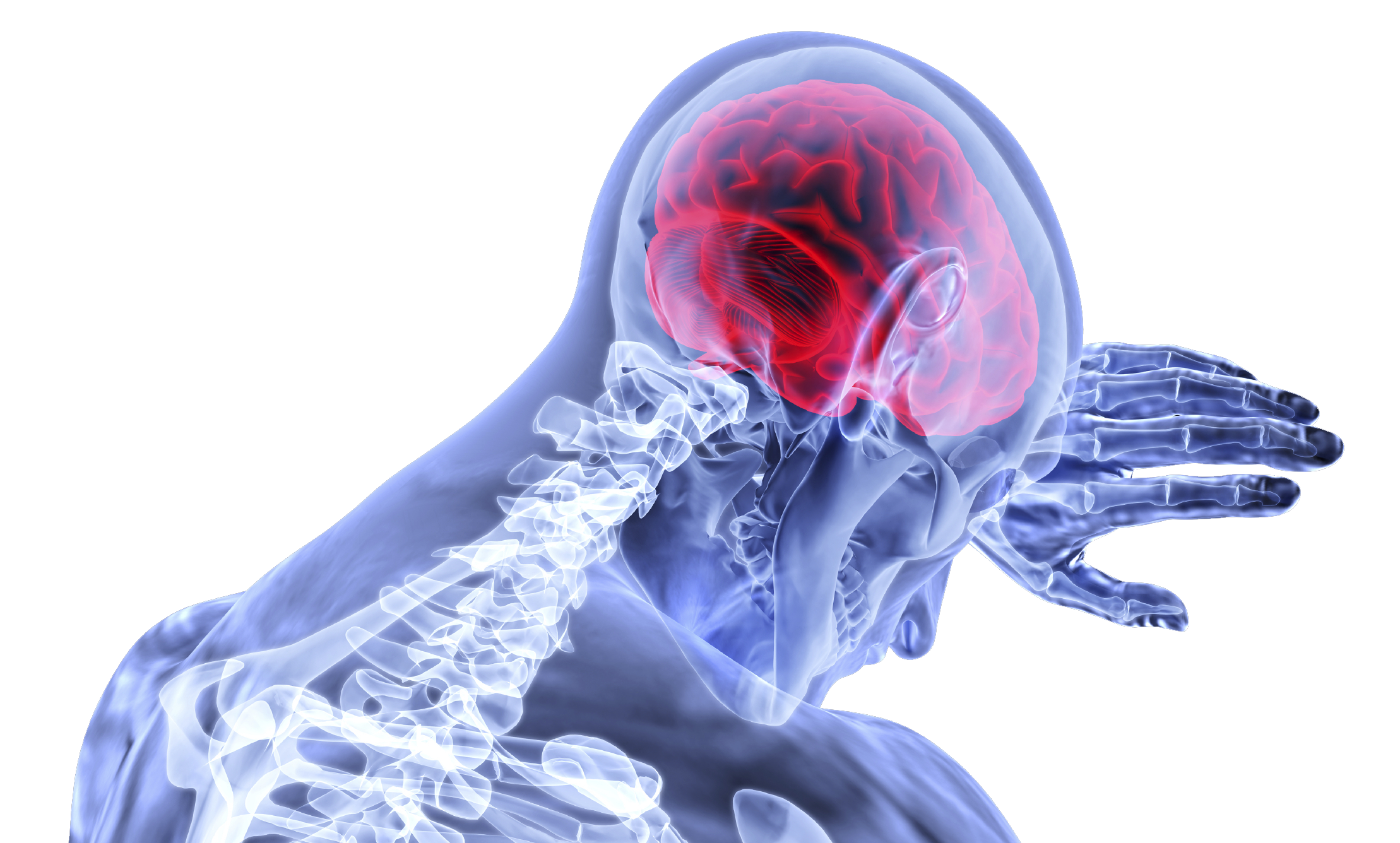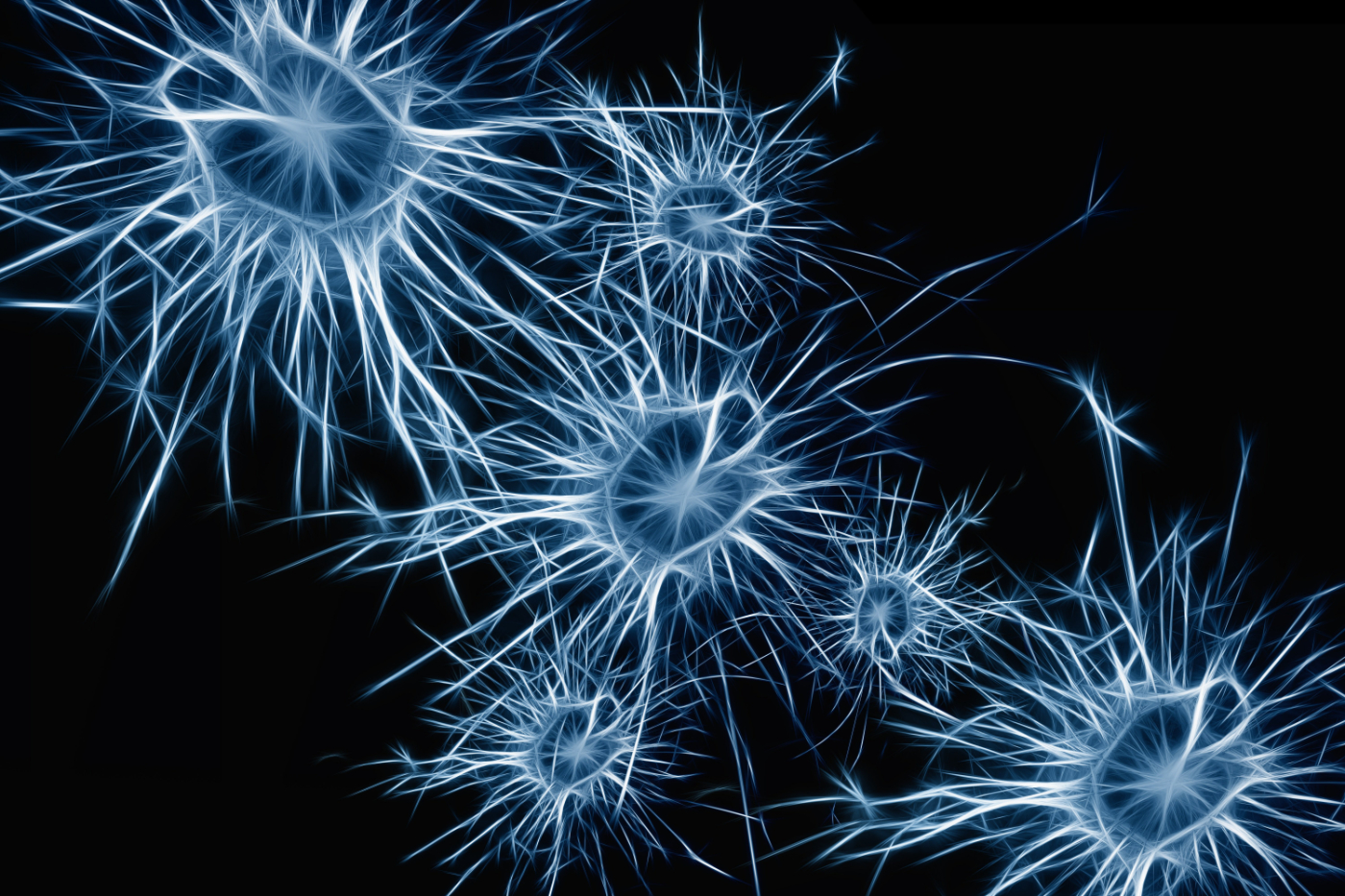Renforcement du système immunitaire grâce aux techniques de respiration / Strengthening the immune system through breathing techniques
- Détails
- Catégorie : Respiration et Froid / Breathwork and Cold Exposure
- Publication : mardi 17 mars 2020 08:46
 Des techniques de respiration comme la "Wim Hof Method" peuvent fortifier le système immunitaire de manière significative. Dans l'étude principale sur la technique Wim Hof (Voluntary activation of the sympathetic nervous system and attenuation of the innate immune response in humans), il n'a pas seulement été démontré l'effet anti-inflammatoire des techniques de respiration WHM, mais aussi une augmentation plus importante des anti-corps chez les sujets entrainés à la technique. Hannes Zedel, un chercheur spécialisé dans la méthode Wim Hof, présume "Based on the Kox 2014 paper, we (=trained) could assume to have about 10-20% more antibodies via the WHM compared to average people, thereby increasing the chance to identify pathogens more quickly."
Des techniques de respiration comme la "Wim Hof Method" peuvent fortifier le système immunitaire de manière significative. Dans l'étude principale sur la technique Wim Hof (Voluntary activation of the sympathetic nervous system and attenuation of the innate immune response in humans), il n'a pas seulement été démontré l'effet anti-inflammatoire des techniques de respiration WHM, mais aussi une augmentation plus importante des anti-corps chez les sujets entrainés à la technique. Hannes Zedel, un chercheur spécialisé dans la méthode Wim Hof, présume "Based on the Kox 2014 paper, we (=trained) could assume to have about 10-20% more antibodies via the WHM compared to average people, thereby increasing the chance to identify pathogens more quickly."
Breathing techniques such as the "Wim Hof Method" can significantly strengthen the immune system. In the main study on the Wim Hof technique (Voluntary activation of the sympathetic nervous system and attenuation of the innate immune response in humans), not only the anti-inflammatory effect of WHM breathing techniques was shown, but also a greater increase in antibodies in subjects trained in the technique. Hannes Zedel, a researcher specialized in the Wim Hof method, assumes "Based on the Kox 2014 paper, we (=trained) could assume to have about 10-20% more antibodies via the WHM compared to average people, thereby increasing the chance to identify pathogens more quickly."
The study:
Voluntary activation of the sympathetic nervous system and attenuation of the innate immune response in humans
Matthijs Koxa,b,c,1, Lucas T. van Eijka,c, Jelle Zwaaga,c, Joanne van den Wildenberga,c, Fred C. G. J. Sweepd,Johannes G. van der Hoevena,c, and Peter Pickkersa,ca
https://www.pnas.org/content/pnas/111/20/7379.full.pdf
Supporting Information, Leukocyte and subpopulation concentrations during endotoxemia in control and trained subjects
https://www.pnas.org/content/pnas/suppl/2014/04/30/1322174111.DCSupplemental/pnas.201322174SI.pdf








